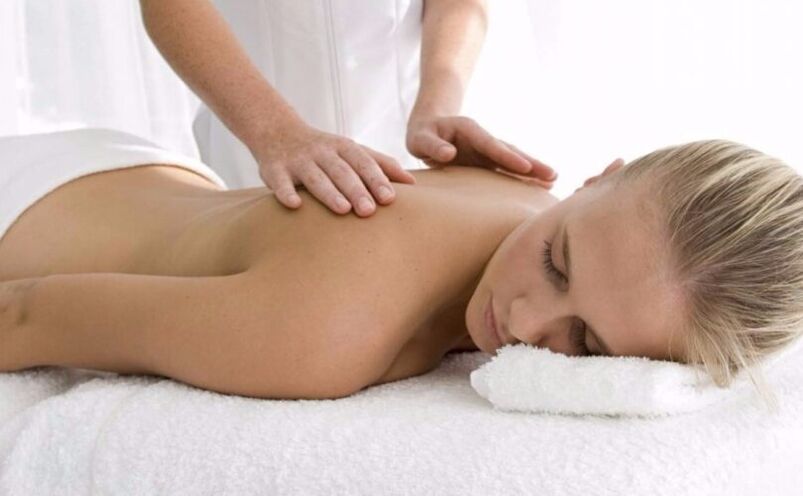
The spine consists of joints and vertebrae. Intervertebral discs and joint capsules (cartilaginous structures with fluid inside) provide depreciation, mobility, and nutrition. Ligaments maintain the complex structure of bone and cartilage tissue, limit overmobility, and reduce the risk of dislocation. Muscle tissue protects from damage and provides nutrients. Cartilage structures are erased and thinned for many reasons (age, injury, exhaustion, changes in metabolism). The joints fuse together and the pressure in the spine changes.
Intervertebral discs are dense, durable structures that are damaged due to incorrect joint positioning. When damaged, they move out of their usual position and develop protrusions, hernias, which put pressure on the nerve endings. The process of an autoimmune reaction begins - the body sees the hernia as a foreign structure that needs to be fought. Muscle spasms, blood circulation is disrupted, and people feel pain. Often the pain radiates to the internal organs. On the background of neuralgia, tachycardia, heart pain, discomfort in the lungs and stomach appear. In women, there is difficulty raising the arms and tilting the head.
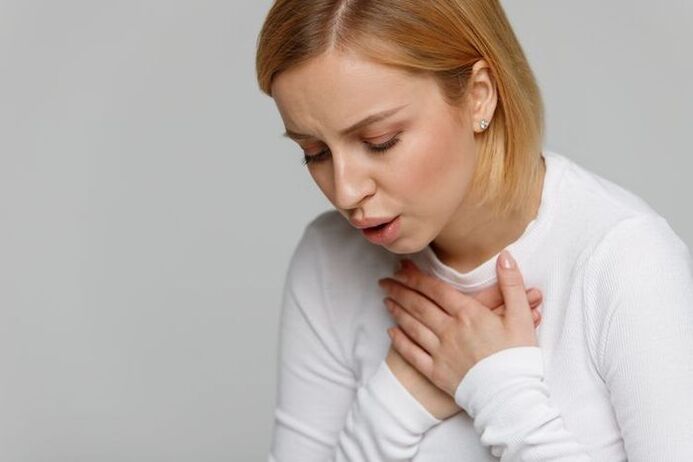
Osteochondrosis of the thoracic and cervicothoracic regions develops unknowingly. Often, patients who are dealing with complaints about the work of the heart learn about the problem during the exam. After examination, the neurologist diagnosed cervical sternal osteochondrosis.
cervical sternal osteochondrosis
The first symptoms of thoracic osteochondrosis can be independently detected at home. Changes in posture are difficulty keeping the back straight for long periods of time, shoulder blade discomfort, and increased kyphosis - a deflection of the spine. There are 2 tests that can detect your own problem.
How to detect signs of cervical sternal osteochondrosis:
Press your back against the wall as closely as possible. Pay attention to how far your lower back is from the wall. Generally, the back should be fully pressed against the wall. Larger distances indicate the development of compensatory deflections - lordosis and kyphosis. Vertebrae and joints are movable structures. Variations in one section are compensated for by flattening or deflection of the other section. Women change during pregnancy, as the spine adapts to the load of carrying a child. In women after age 40, flattening of the lumbar region and kyphosis in the chest are often evident.
Stand up straight. As you inhale, stretch the top of your head and arms, and as you exhale, bend over and reach the floor with your hands. Normally, hands should be free to touch the floor. If you're doing the exercise in front of a mirror, then see how straight your back is as you lean.
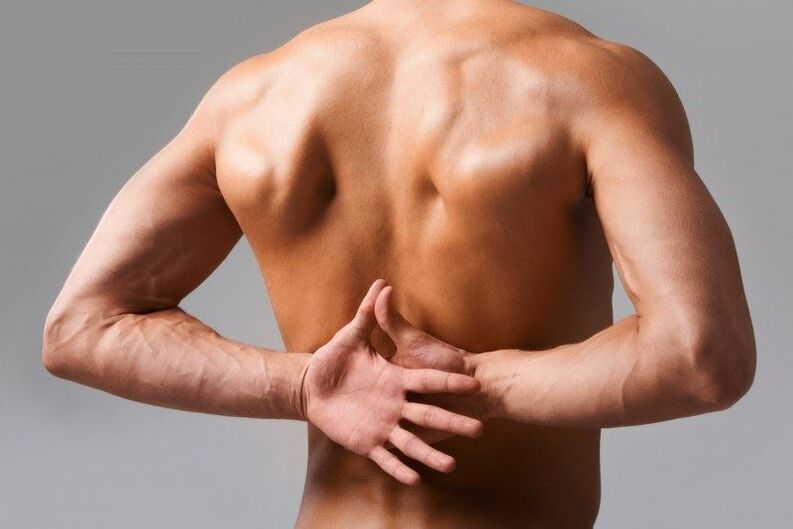
Scoliosis is a problem of being overweight, and frequent colds make the condition worse, triggering new exacerbations. The degenerative malnutrition process occurs faster in vulnerable areas. Over time, the symptoms of cervicosternal osteochondrosis become clearer:
- Bending over, unable to control proper posture;
- Widow's hump at the level of the 7th cervical vertebra;
- Discomfort under the shoulder blades (usually true);
- chest pain when breathing deeply;
- Difficulty lifting the arm and bringing the shoulder blades together;
- Elevated blood pressure, tachycardia.
Unfortunately, people don't always associate chest pain with symptoms of thoracic osteochondrosis. After reading the available recipes, start self-medicating. Instead of massage and gym classes, they take medication to reduce stress. Instead of chondroprotective agents, mustard plaster is placed on the chest area.
Widow's Hump
Widow's hunchback, scruff, and withers are accumulations of fat in the cervicothoracic spine. The withers appear where the muscles are least developed. It's not just an aesthetic issue. The stagnation of the cervicothoracic region prevents free rotation of the head. In women with a widow's hump, there is frequent head pain, changes in blood pressure, and a lump in the throat. Difficulty separating shoulder blades, numb hands, dark eyes, hearing loss, and creaking noises when turning head.
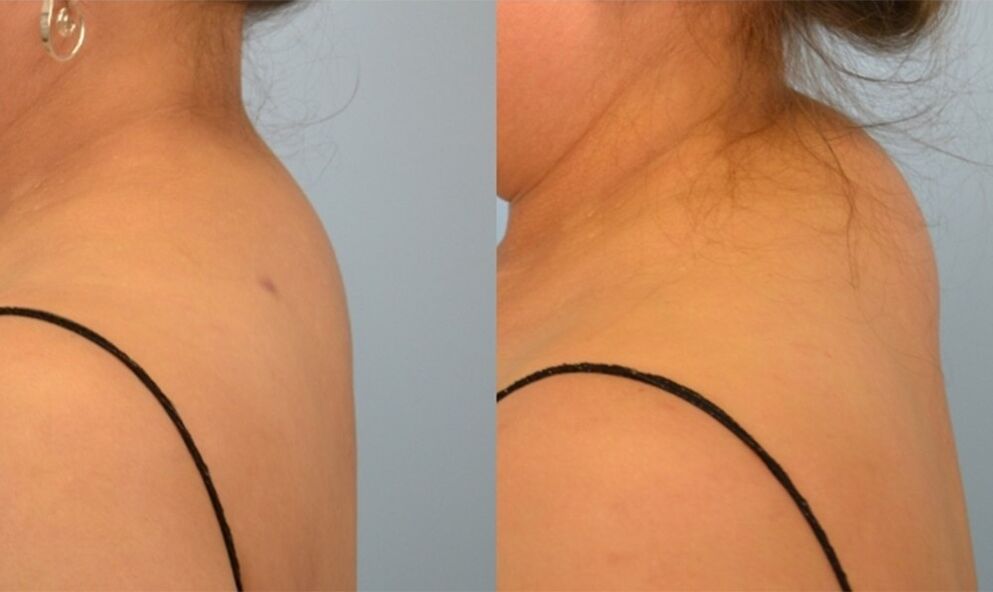
The disease gets its name because in women over the age of 45, doctors notice a seal forming in the cervicothoracic area. Previously, at this age, women were widows. Today, signs of blight can be seen in overweight young ladies. In men, the withers is not formed due to the basic features: well-developed trapezius, deltoid and biceps.
Metabolic disorders, excess body weight, insufficient physical activity, and upper extremity muscle weakness form the text. The formed withers is difficult to get rid of and requires exercise, massage and diet.
Becker's disease
A dangerous condition that occurs mainly in men, in which muscles are atrophied and joints fuse. The biggest problem is that the disease is only diagnosed at an advanced stage. It is difficult to grasp the moment of development because patients come to the medical facility when the spine is already constrained.
The initial pain symptoms appear in the sacrum, eventually reaching the neck. Increased deflection in the neck-thorax region, leaning forward, gaining the position of the requester. Breathing becomes difficult due to the change in the position of the chest. Pain in the irradiated hands, elevated blood pressure, and muscle spasms tormented the patient. Internal organs are affected - heart, lungs, kidneys. Circulatory disturbances can harm the eyes due to the wrong placement.
A timely diagnosis can allow you to start treatment earlier. Taking medication (pain relievers, muscle relaxants), exercise therapy, physical therapy can have good results. It takes a lot of effort for the patient to recover. In difficult cases, immobility can be removed surgically.
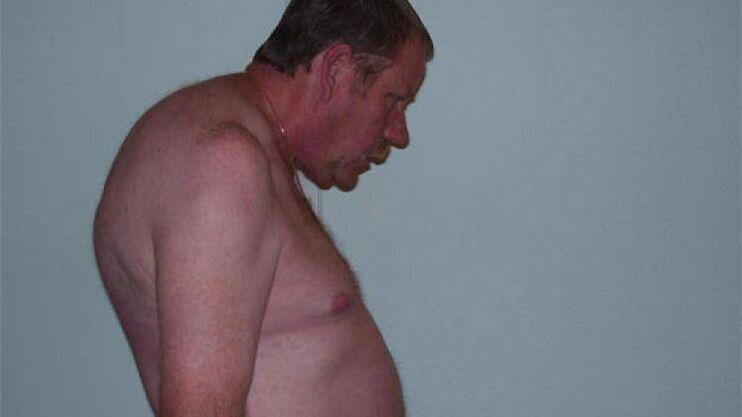
hearing loss
With cervical sternal osteochondrosis, blood circulation in the brain is disrupted. The blood in the blood vessels stagnated, and noise and ringing in the ears started. There is an audio problem. The brain compensates for it by producing phantom sound. Experiments conducted have shown that patients with circulatory disorders hear the sound, whether it is present or not. It's a protective system - if the ear can't pick up some sounds from the outside world, the brain produces those sounds on its own.
The worsening of the disease is accompanied by congestion of the ears. In the presence of inflammatory processes - whistling, bells, buzzing. In addition to hearing, vision loss, and memory impairment.
heart problems
During spasms, the muscles compress the vertebral arteries, which carry blood to the brain. Due to the lack of nutrients, the central nervous system sends signals to increase heart rate to increase stress. The heart beats faster and stronger, stress rises, and nutrients recover.
Taking medication to lower blood pressure - blood flow decreases and the heart starts beating again. Patients with thoracic osteochondrosis rapidly develop cardiovascular disease. They may be disturbed by discomfort in the chest area, which can be exacerbated by moving arms, taking deep breaths, turning around, and leaning.
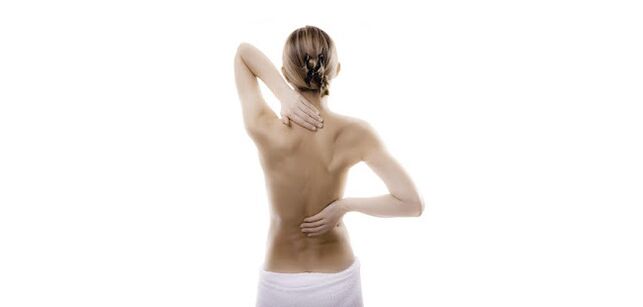
Back pain - back pain, which occurs due to pinching of nerve roots. This is exacerbated by reflex muscle contractions - blood flow is disturbed and edema occurs. It is important to provide yourself with timely medical care and to consult your doctor for help with recurrent pain.
Treatment of osteochondrosis
Osteochondrosis first aid is provided at home if you experience severe back pain, unpleasant sensations in the chest area, difficulty raising your hands and moving.
You need to take NSAIDs. Remember that for osteochondrosis, drugs with anti-inflammatory properties are better. Analgesics are less effective but have fewer side effects. Rub NSAID ointment or chondroprotective ointment to the site of inflammation. Massage movements will loosen the blood, reduce swelling, and medication will help you survive an exacerbation. You need to get over the pain -- bring your shoulder blades together in a circular motion with your hands, head, and hips. Lean on a table or chair to stretch your back.
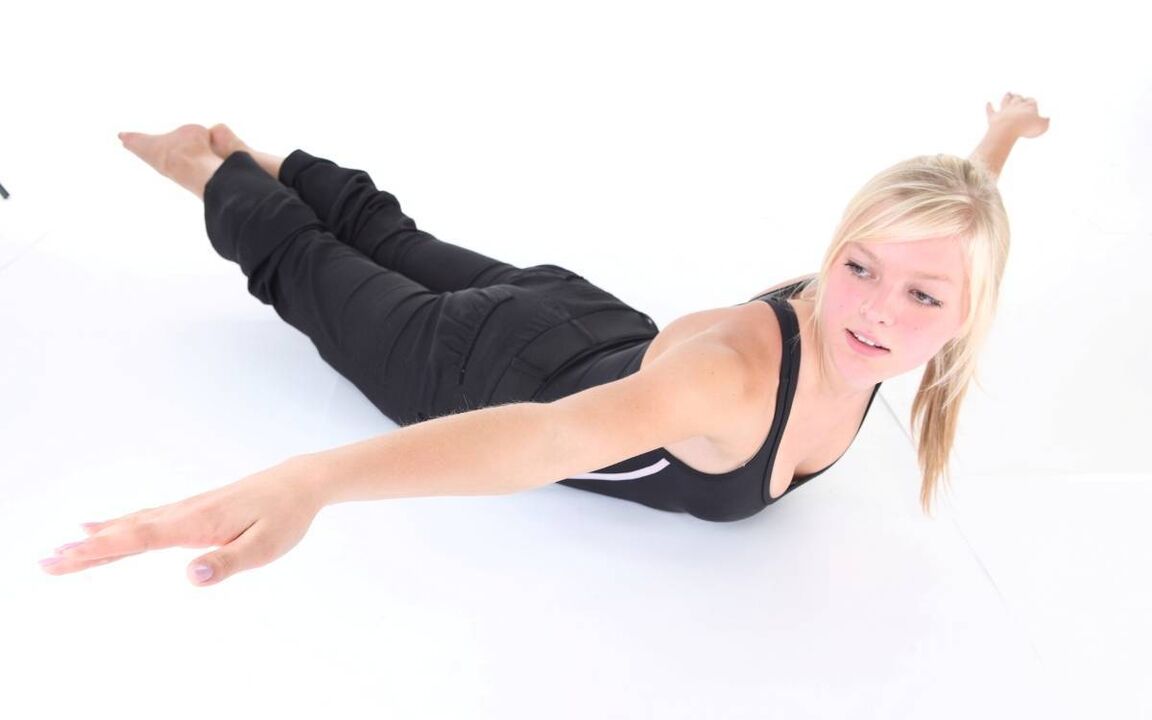
Hot compresses are not recommended. After all, blood will flow faster to where the edema is, and it won't be able to pass through the blood vessels because of muscle spasms. As a result, swelling can increase and inflammation can spread. For pain in the chest area, stretch the spine on a horizontal bar, or use the Glisson cycle. Active traction correction is only suitable for developed muscles, and it is not necessary to strive for a state of complete rest.
If the condition recurs within a month, it is best to consult a doctor for examination, diagnosis and treatment. It is impossible to fully recover from osteochondrosis - there is no technique that will allow you to turn back time and stop the degenerative process.
But there are techniques that can help deal with pain and adapt to ongoing changes. These are medication, massage, physical therapy, manual therapy, vertebral rehabilitation, acupuncture and kinesiology.
After a diagnosis is made, your doctor will choose a recovery plan: prescribe the necessary medications to help you survive the worsening condition, and recommend procedures and actions for recovery.


















